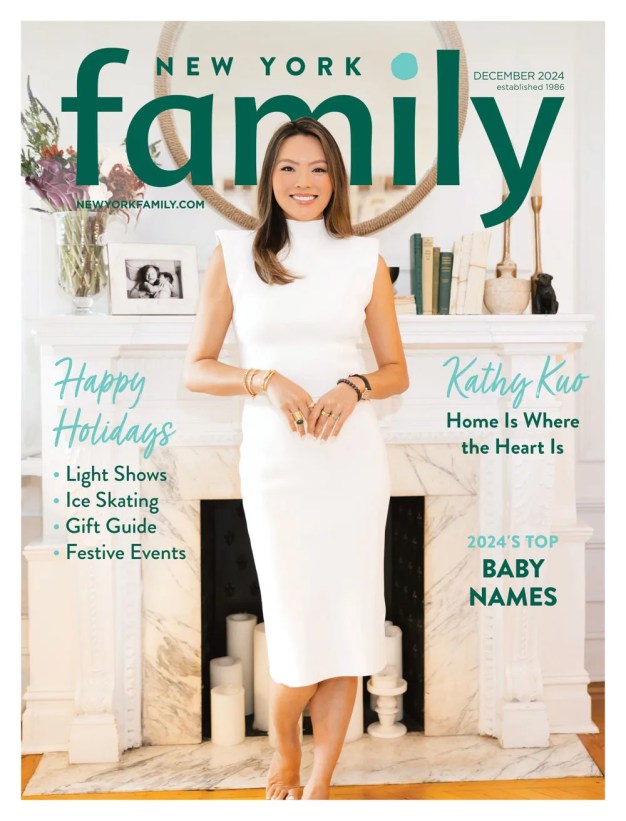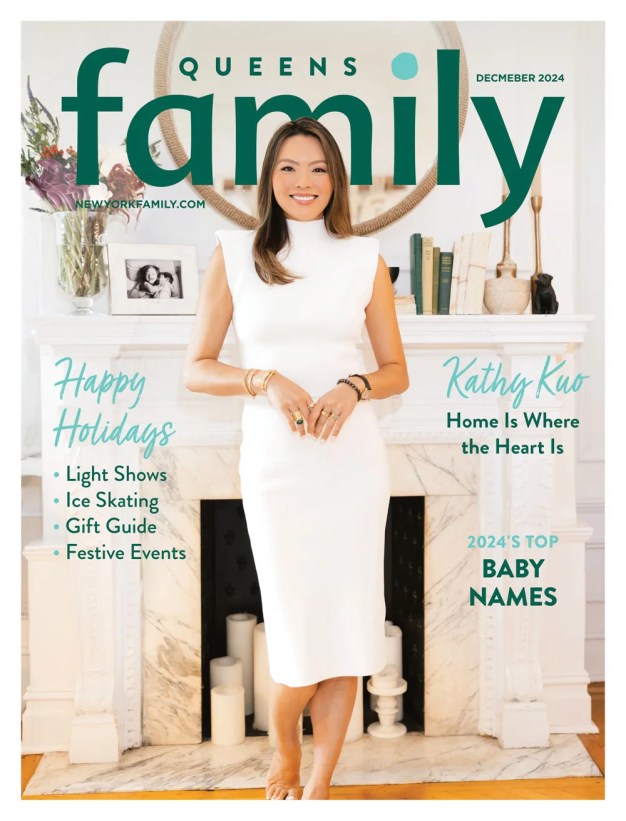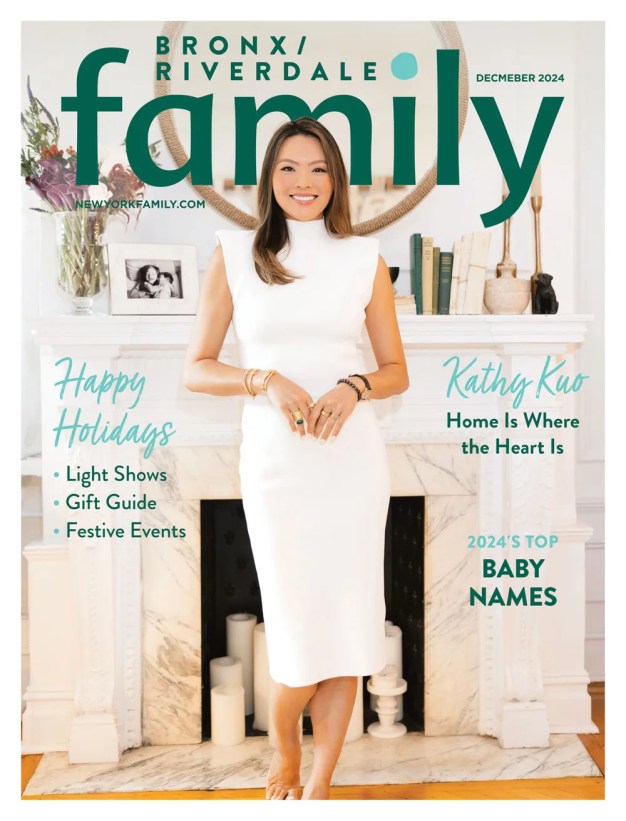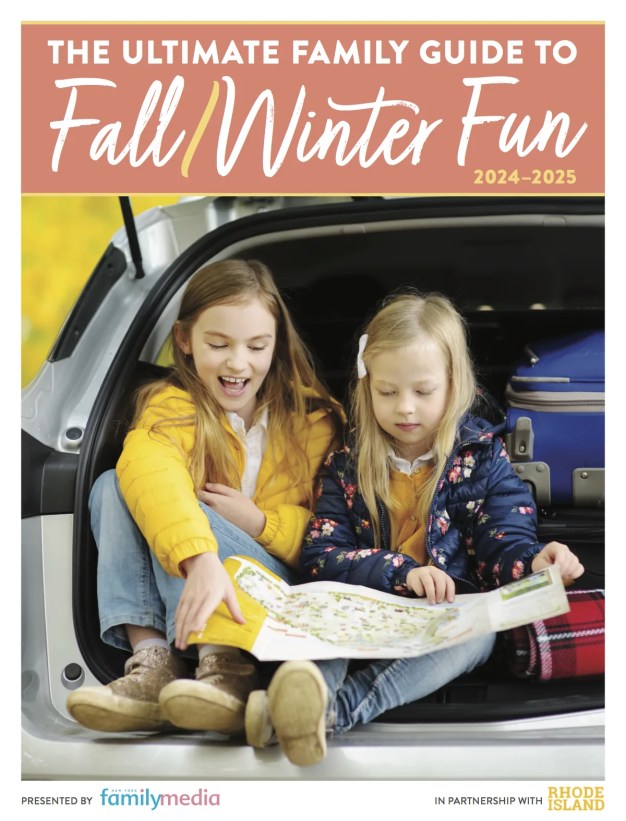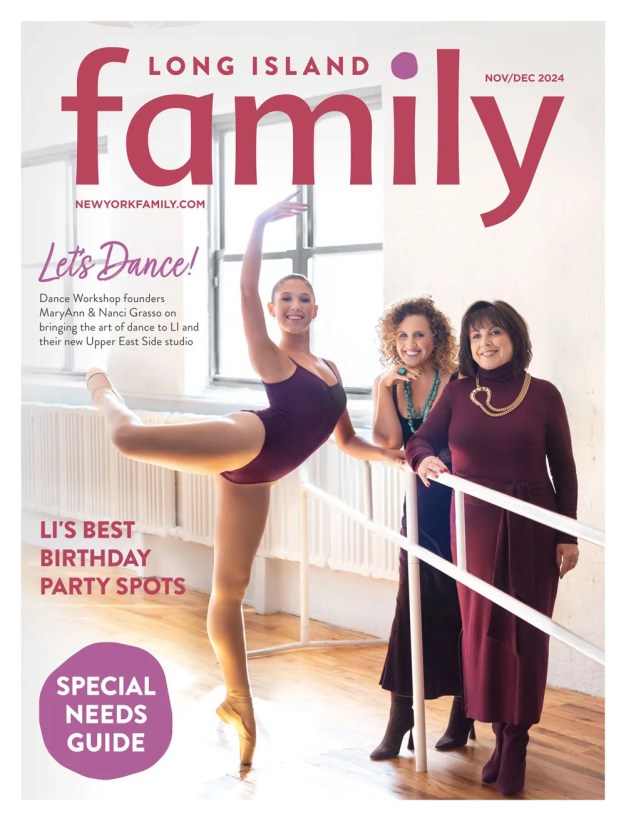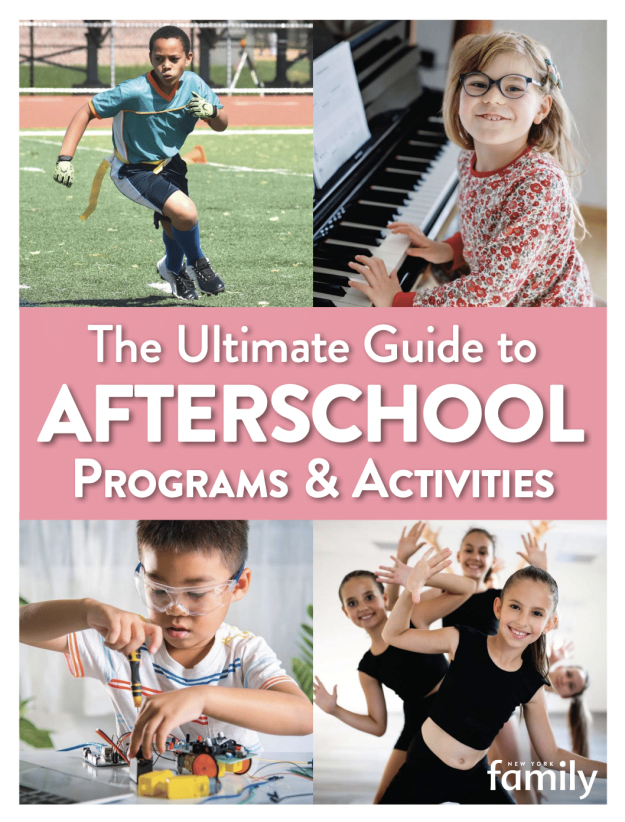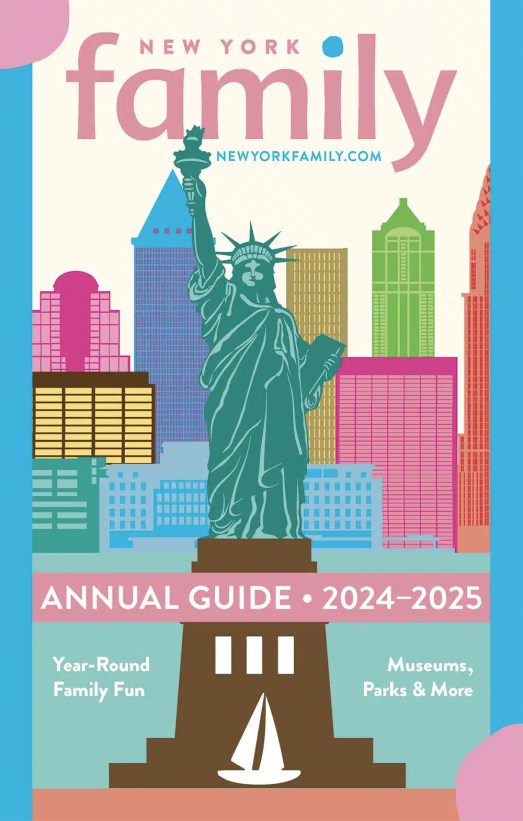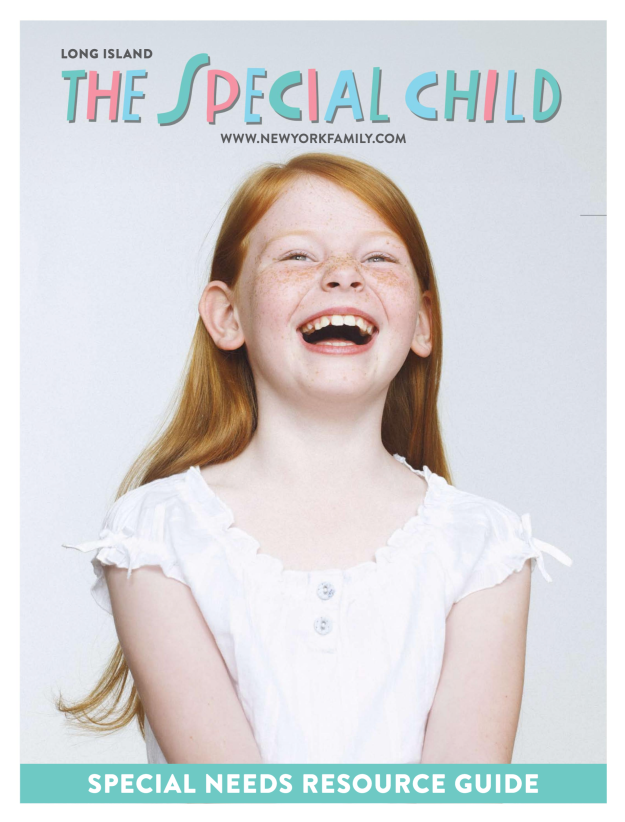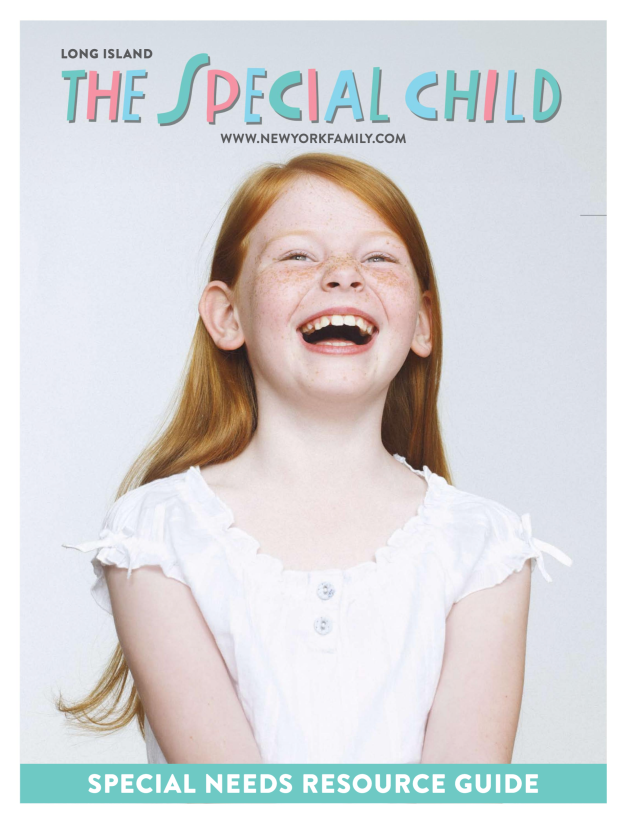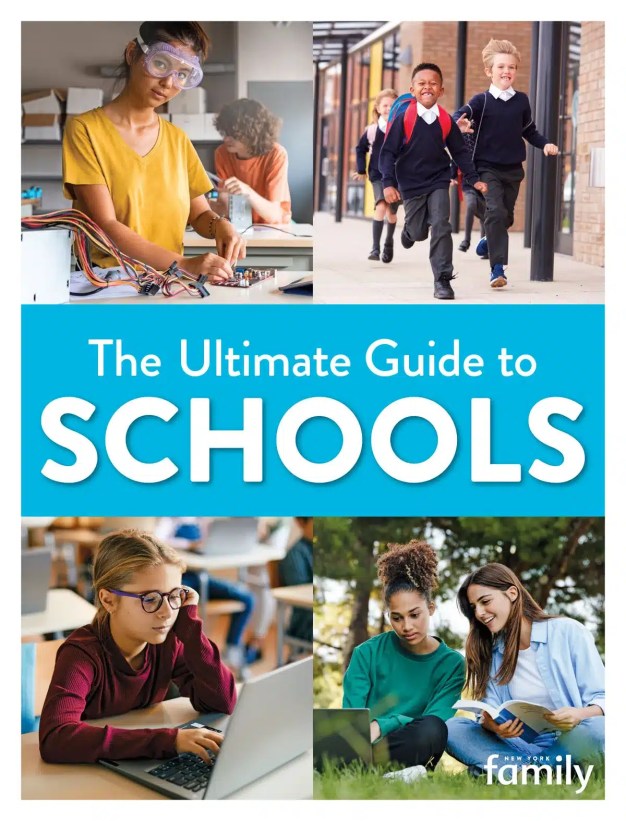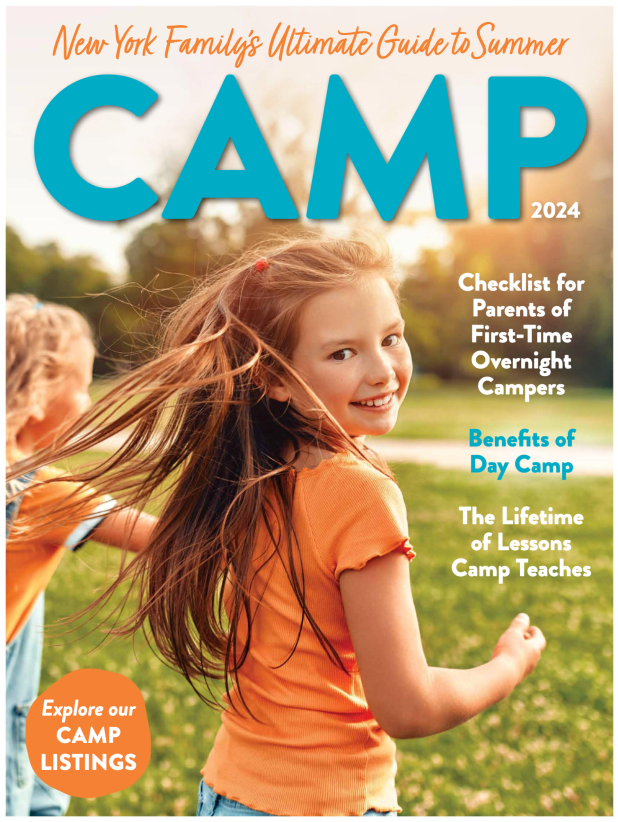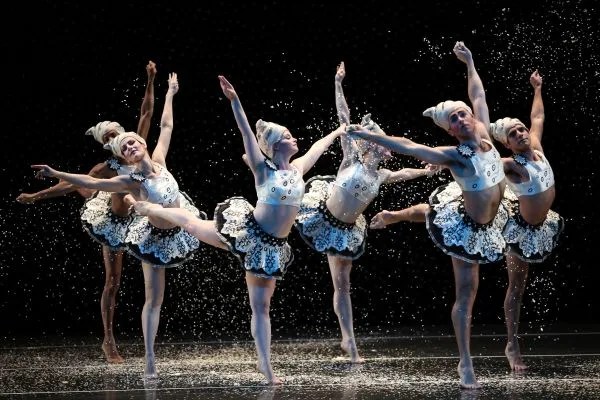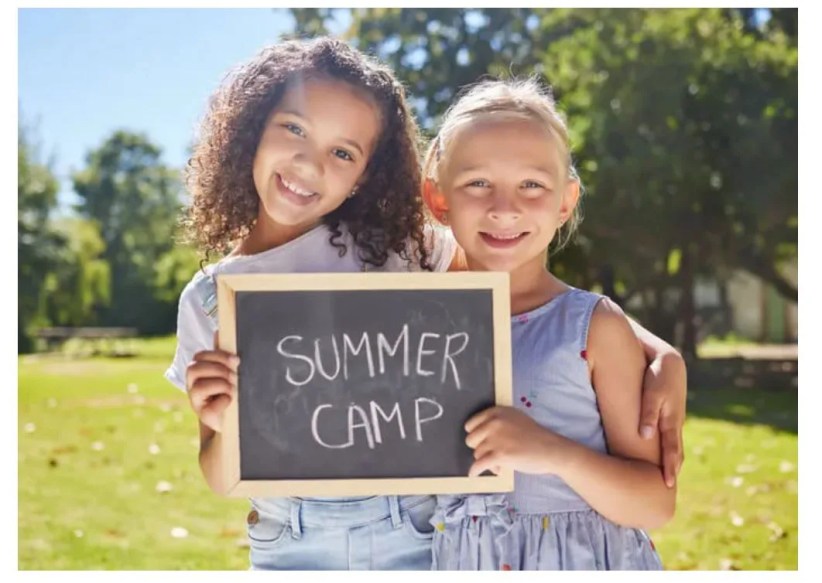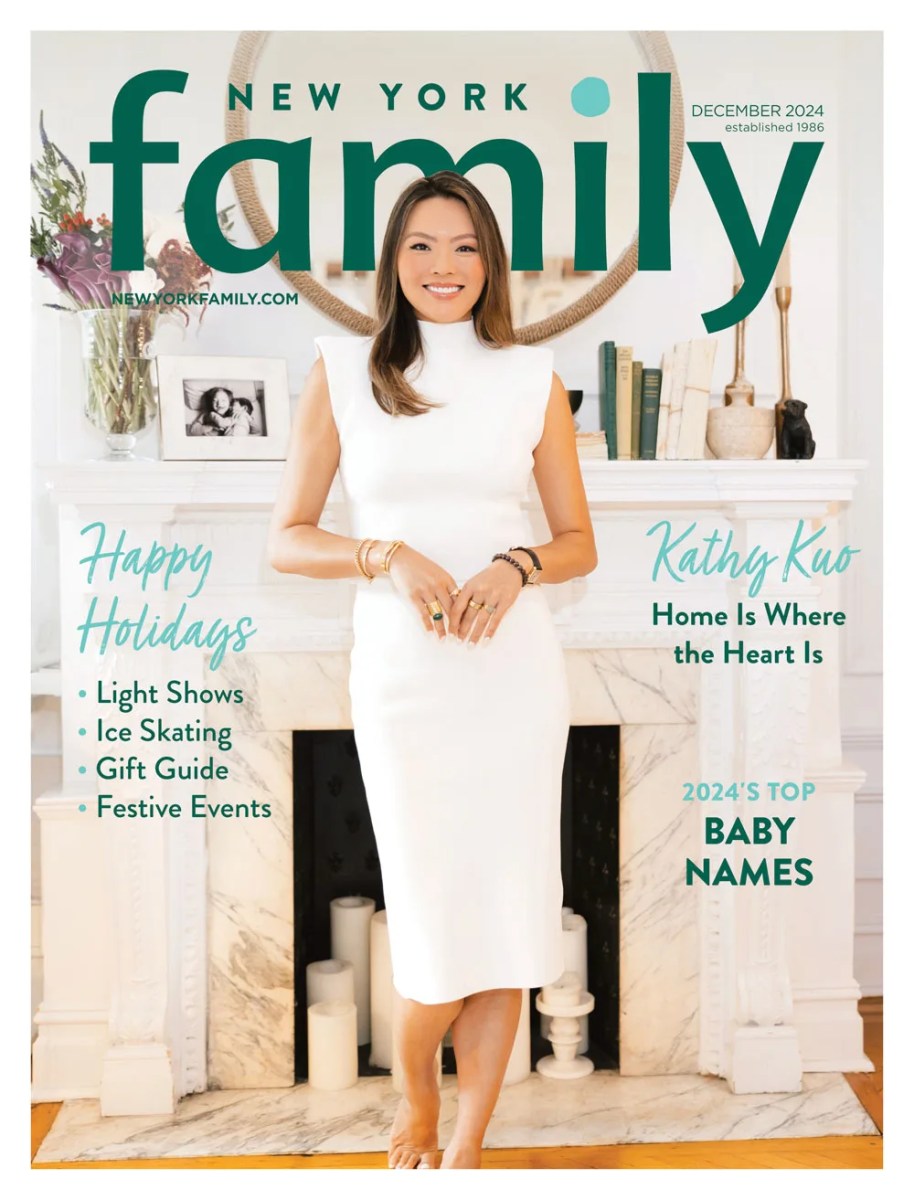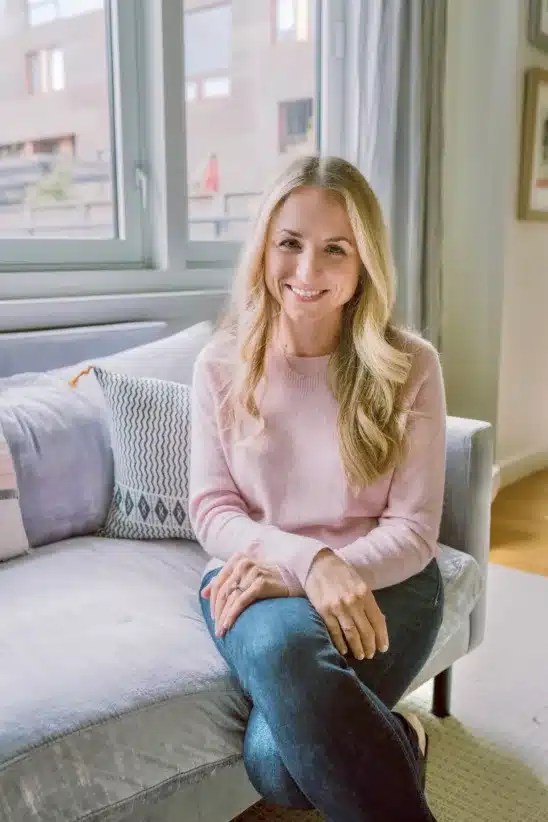
Decluttering and Spring Cleaning in New York City: Tips from Organizing Expert, Laura Kinsella
Buds are appearing on trees, the weather is warming up (slightly!) and our thoughts are turning towards spring cleaning and de-cluttering our over-stuffed cupboards and packed apartments!
While we wish we could be home makeover mavens, the truth is that we are often overwhelmed by the mountains of kids’ clothes, endless little plastic toys and bulky winter clothes, so we turned to an expert: Laura Kinsella of Urban OrgaNYze, to get her top tips for spring cleaning.
Psst… Check out these 8 NYC Day Trips for Spring Break 2023!
Last time we talked spring cleaning, your daughter was 2 ½. How have your methods of organization in your own home evolved as she’s gotten older?
At 2 ½, she understood basic organizing principles, such as sorting, grouping, and putting something back in its “home”. I was primarily responsible for editing her toys, as well as keeping up with her many growth spurts.
At 6 ½, she is the one in control! If her clothing starts to feel itchy or tight, she knows to toss it into the donation bag in her closet.
Before a major event or holiday, we play “keep/toss” (what started as a fun little game when she was a toddler and is now a full on practice) where we pull toys out of every nook and cranny, make a huge mess, and she then decides what stays and what goes.
Sometimes I have to catch myself when she wants to get rid of a toy and I’ve created my own attachment to it (you learned to do “X” with this!). When she was a baby and young toddler, I had much more say in how the systems were set, as I was the one up-keeping the space (think highly curated nursery vibes.)
Nowadays, they are tailored to her style and preferences: how she plays, what she can reach, all the while
showcasing what’s important to her. She has a small bin in her room dedicated to various fidget toys and tchotchkes, and they aren’t micro-sorted by size or color. They are either in the bin, or out of the bin!
In a way, the systems have a necessary fluidity so she can maintain them independently. I’ve learned that the front zipper of her backpack will always be chock-full of odds and ends from (what I call) the elementary school trade-bartering system, and it’s best to just accept, and not ask too many
questions!
Spring cleaning can be a daunting task. How can parents tackle it? Where should they start?
Everything tangible in our home falls under these four categories: trash & recycling, items with a home, items without a home, and tasks & to-do’s. The idea is to focus on one category at a time, so you experience bite sized wins without draining all of your mental energy.
Grab your everyday handbag or backpack and spend five minutes discarding gum wrappers, junk mail, empty water bottles, and other obvious trash.
Concentrate the next 5 minutes on items you already have a home for, like placing scissors back in the junk drawer & hair accessories back in the bathroom.
Items without a home is where most people struggle, as these items tend to float in limbo. Ask yourself, where do I use this item the most? Do I need access to it 24/7? Don’t be afraid to assign a home. The only way you will know it works is to test it out!
Tasks & to-do’s are all of those things that usually linger by the front door that need to be calendared to complete: dropping off dry cleaning, Amazon returns, etc.
Be honest with yourself about what to-do’s are deserving of your time and attention. It is extremely liberating to declutter old hobbies and “should do” projects that keep us stuck in the past. Spring cleaning is all about creating space and renewed energy not only in our homes but for ourselves!
How can parents with young kids keep their home organized?
In my experience, introducing simple organizing principles is just as important as teaching our kid(s) how to brush their teeth and tie their shoes. It fosters independence, and at the end of the day, takes more off of your plate!
Start small with sorting toys by category (i.e.: pretend play, building, puzzles, etc.) and create homes for
each of these using storage that can grow with them over time. I love streamlined bins in a cubby system, as well as kid friendly drawer units.
The approach is not about perfection, it’s about strengthening their organizing muscle over time in order to create healthy lifestyle habits.
Teach limits within each category (when a bin or drawer starts to overflow, it’s time for an edit!) or implement a one-in, one-out system if you are needing more discipline.
For little kiddos, toy rotations and “toy purgatory” work well. This is where you store an item to reintroduce at a later date to avoid overstimulation, or set aside toys that are no longer played with to slowly phase out without fuss.
For elementary aged kids, include them in the decluttering process. The amount of involvement will always be determined by the parent (you know your child best!) but onboarding them gives them a voice, and the control they are craving.
If you are constantly excluding them in the process, you are inadvertently teaching them that decluttering just means throwing away all of their toys. Over time, they’ll not only resist the process, but form an intense attachment to everything.
The more we can model organizing, the more it is adopted by our children as a part of life!
What are your top tips for dealing with the nightmare of toy storage? What are moms and dads supposed to do about all the little plastic minutiae that kids collect?
Keeping it simple is key. Children should be able to easily access what they want to play with, while also learning how to put things away independently (cue the “clean up” song from Gymboree!).
Everything they own should have a home (yes, even those paw patrol figurines that seem to be everywhere) and limits should be in place for how many toys they are allowed to pull out at once. By instilling positive habits in our pre-school children, we help them to be organized teens and adults.
For children under 5, open bins and baskets work wonders! For older kids, ditch the awkward toy packaging and put items in clear shoe boxes with lids to keep things uniformed, corralled, and visible.
Over the door shoe organizers are fantastic for storing Barbies, or pesky little toys that tend to get lost in a toy trunk or couch cushion.
Everything should be labeled (even pre-readers will remember where things go), and it will keep the adults accountable too (as you’re less likely to throw a bouncy ball into a bin labeled LEGOs!)
Try a two day rule for keeping goody bag items, and always edit right before a major holiday or birthday. Even the most strong willed child (aka my daughter) will donate old toys when it’s presented in a fun way! Not to mention you are teaching your children empathy, and the importance of giving to those in need.
A lot of people living in New York aren’t working with a lot of space. What are your tips for making the most of small spaces when it comes to organizing?
I grew up with a basement, where mine and my sister’s toys had a place to land that was out of site from the “adult world” upstairs.
Raising a daughter in a 1200 square foot New York City apartment, there is less opportunity for things to be compartmentalized (ahem, hidden), as everything can feel like one big shared space.
For this, we have to get creative with the storage we have, and really be diligent about checking in with our “stuff” to make sure it’s serving us, and not the other way around.
My number one tip is to declutter often and regularly. Before investing in storage components, take careful note of your inventory, and always measure twice: width, height, and depth, and account for any hardware or other obstructions (exposed pipes, lighting, etc.).
Pre-war apartments seem to have limitless ceilings, but throwing things up on a high shelf without containment creates chaos, and is very difficult to access and maintain. Opt for stackable bins that are either acrylic (show the contents inside) or adhere clear labels so nothing gets forgotten about.
My signature move is installing over the door organizers that create vertical storage in order to clear up cluttered floors and precious closet space.
At the end of the day, it’s part acceptance of the phase you are in. There is no bin on earth that will conceal my daughter’s Barbie dream house, but it brings her joy, and we both know it’s not a forever fixture in our home.
What are some small changes parents can make to their organization method that they might not have thought of before? What’s your best kept organization secret?
Simple systems always win. For example, if your kid’s dirty laundry just piles on the lid of the hamper (or even better, on the floor next to it), there’s no reason why you can’t ditch the lid!
Create an “eat me first” bin in your pantry if you find snacks are constantly getting lost and stale. Adjust your shelves in your cabinets to accommodate their tall sports bottles, and where possible, their clothing rods as they grow.
Invest time at the end of the day (or even when you’re moving from room to room) to put things away. It sounds trite, but it prevents clutter from piling up at every turn.
My best organizer secret is to become diligent about what comes through your home, and give yourself at least 24 hours to debate a purchase if you are on the fence. Still thinking about it? Now envision where it will go in your home before you place the order.
It’s changing your mindset from your home being a place to store your stuff, to being the place that supports and nourishes you and your family through your big, beautiful days.
How can a professional organizer be helpful for parents?
Recently a client revealed to me, “My brain just doesn’t work this way.. it would have taken me years to do this!”
Our skills coupled with our experience, are here to manifest the life you want within hours or days. We are able to see past the “mess” or what’s keeping you stuck, to reconfigure and refresh your space in a whole new way.
Sourcing organizational products is a formula that mixes your lifestyle habits with the mathematical measurements of your space, in order to create systems that work and last.
We provide this service so you aren’t constantly wrecking your brain purchasing components that never seem to work. We eliminate stress, frustration, and constant overspending. It’s truly an investment that repays itself over and over again.
Can you tell us any organization nightmares to make us feel better about our own messes?
I’ve yet to be in a home where I haven’t heard “is this the messiest you’ve ever seen?” I think we romanticize how our friends and neighbors live, but truth be told, everyone struggles with the same things!
We have to cut ourselves some slack, especially when we have kids. We live in a state of consumerism, where we own far more than we could ever need.
I’m a minimalist, and often joke that nothing in my house is “safe”, but I would never want my home to be stripped of its individual quirks because that’s what makes a house a home. I’ve truly seen it all, and nothing has stopped or scared me yet!
Do you have any great donation resources for parents looking to clear out clutter?
Organizations have became stricter with their requirements since the pandemic, leaving parents stumped as to what to do with their unwanted stuff!
If you want items out asap (and for free!), nothing beats a Buy Nothing Group, or passing along to
neighbors, building staff, family or friends.
Donate NYC is a fantastic resource for more specific items you are looking to offload (electronics, bedding, etc.), while keeping items out of landfill. St Mary’s Church offers pick-up services for clothing year round and your donation is tax deductible.
A lot of retailers are making it easier to recycle their brands (with fun incentives!) like The North Face, Madewell & Levis. If you have baby or kid gear with a lot of life still left in them, you can offload your items and make some cash back consigning with GoodBuy Gear.
What should we do if our partner (or kids!) is a pack rat?
Like my mama always says, “you catch more bees with honey!”
Approach is everything. We want to check any judgments at the door, and replace “why” questions with “I” statements, like: “I feel like I can’t think when I see a pile of papers on the table” is so much better than, “Why is there a pile of papers on the table?”
One assigns blame, and the other opens an honest and calm conversation.
When working with families who don’t quite see eye to eye, I find it important to define shared space versus personal space, and set ground rules for each that everyone must follow.
There is a huge difference between not liking your partner’s baseball card collection that lives peacefully in their drawer versus if that same card collection were to be always sprawled across your dining room table.
Every member of the family should have room for what they find most meaningful, as long as daily routines are not negatively impacted.
What’s the number one thing we all have too much of, in your opinion?
During the pandemic, we all experienced a form of panic buying and stockpilinggoods: do I have enough toilet paper or Clorox wipes? Three years later, and we are navigating how this has affected our lives and our homes.
We help coach clients to determine their current comfortability while setting necessary limits. Presently, we are seeing a lot of excess in kitchens, such as Tupperware from takeout, paper goods that were previously bought in bulk, and various gadgets and appliances.
The “right” amount of anything is always going to be personal to you, but the more we own, the more we always have to upkeep!
Any words of advice for shopping for organizing products? Should we clear out BEFORE we hit up the Container Store? Or afterwards?
I know this is everyone’s favorite step (who doesn’t love the look of a magazine makeover?!), but pre-purchasing containers before an edit is like leaving for the grocery store without glancing in your fridge.
It’s so important we first take inventory of what we use, love, and need. Only then can we take careful measurements and choose products that take our homes to the next level. Often times storage solutions work themselves out! After all, the less we own, the less we need to keep organized.
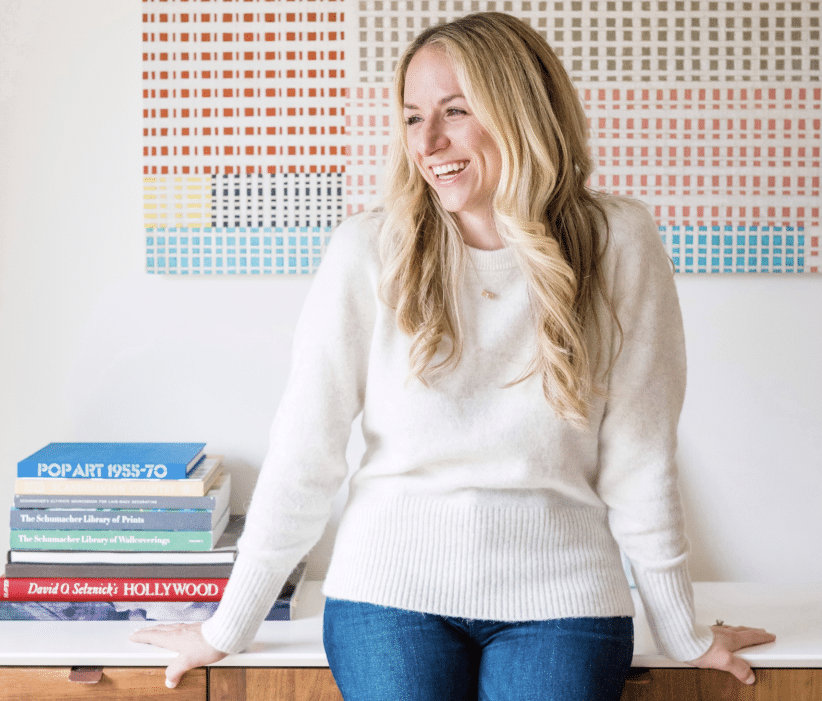
Thanks so much for your expertise Laura! We’re going to take these tips on board to tackle our own horrendous messes…
Laura Kinsella is the founder of Urban Organyze, a New York City based home organizing company dedicated to helping families simplify, systematize, and style their space.
As a born and bred New Yorker and mom, Laura’s mission is to empower fellow moms by creating homes that are efficient, elegant, and easily adapt with the demands of a growing family.
She is a member of the National Association of Productivity and Organizing Professionals (NAPO) and has been featured in HGTV, New York Post, & Apartment Therapy to name a few. For tips and tricks, follow her on Instagram @urbanorganyze.
